“Molon Labe” is an exhortation that never loses its relevance. Its message can be summarized in two words: fight and...
- There are no more items in your cart
- Shipping
- Total zł0.00
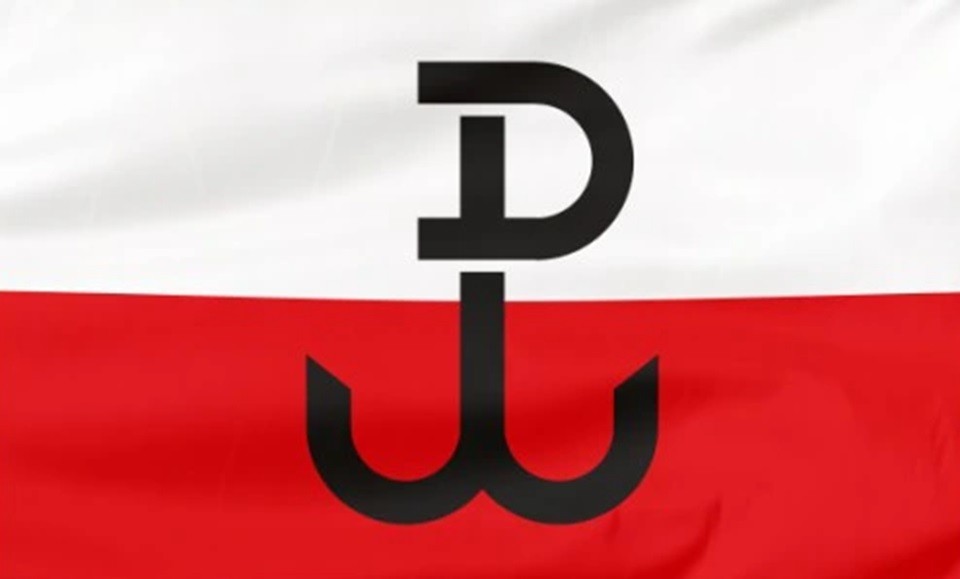
Warsaw Uprising 1944
Warsaw Uprising 1944
On August 1, 1944, at 5 p.m. (the so-called "W" hour), the uprising of the Home Army against the German occupiers broke out in the Polish capital. Suppressed after 63 days of heroic resistance, the Warsaw Uprising is almost an object of worship in Poland. The sometimes extremely emotional discussions that have been going on since 1944 around the decision to instigate the Uprising cannot overshadow the tragedy of the insurgents and - especially - the civilian population of the Polish capital. Who knows if it was not the most harrowing experience of Poles during World War II.
No one questions the page of glory bequeathed by the insurgents, who fought in solitude for more than two months to liberate the city, while the Red Army had been standing on the right bank of the Vistula River since mid-September, and the Soviet Headquarters even hindered Allied air aid to the insurgents for a long time. Even today, at the same time, the scale of crimes and atrocities committed by the German occupiers during the suppression of the uprising is horrifying.
The outbreak of the Uprising was a pretext for Hitler to order the annihilation of the city. Although within a few days the poorly armed insurgents (up to 40,000 people at its peak) captured most of the city, on August 5 the initiative was seized by the Germans, who from then on systematically pushed the insurgents out of successive districts.
From the first days, the Germans suppressed the uprising with extreme brutality, directing their fury especially against the civilian population. It is estimated that some 150,000-170,000 Varsovians died at the hands of the Germans, with earlier estimates putting the number at as many as 200,000 killed and murdered. Lasting only a few days, the slaughter of Wola (a district of Warsaw), during which the Germans bestially murdered some 50-60 thousand residents in early August 1944, is perhaps the most horrifying part of the Polish capital's tragedy. Atrocities against insurgents and civilians were committed by the Germans during the conquest of successive resisting districts of Warsaw, especially the Old Town (the last defenders of the Old Town went through the sewers to the City Center). The wounded and hospital patients were not spared, people seeking refuge in churches were murdered.
After the capitulation of the insurgents and the evacuation from the ruined city of the civilian population (about 500,000, of which 165,000 were sent to forced labor in the Reich, and some to concentration camps), special German troops (Sprengkommando) proceeded to systematically destroy the buildings. This thoroughly irrational action, from the point of view of the war effort, is another example of the ferocity with which the German occupiers engaged in the annihilation of Warsaw. It is estimated that the city's built-up area was destroyed by about 80 percent, with the historic buildings destroyed by 90 percent. Polish culture irretrievably lost many works of art, some archives and book collections.
Political controversy surrounding the Warsaw Uprising.
The Warsaw Uprising is one of the most tragic events in the history of Poland in the 20th century. It ended in defeat mainly for political reasons. This is because J. Stalin reacted negatively to the decision to fight for Warsaw. The victory of the uprising would have thwarted his plans to make Poland dependent on the Soviet Union. The Polish Communists took a similar position. Thus, no aid was given to the fighting Warsaw. The uprising collapsed, the capital was demolished, thousands died, the remaining population was displaced. However, in the memory of the Polish people, the Warsaw Uprising will always remain a symbol of heroism and struggle for independence.
The Uprising had no chance of success in view of Stalin's policy towards Poland, condemning, like Hitler, the capital to annihilation. Here again we have Soviet-German cooperation although not supported this time by any alliance. However, the fact remains that as a result of the actions of both dictators, Warsaw was destroyed and thousands of its inhabitants suffered death or were displaced. It can be said that for the decision-makers of the uprising the situation here was a no-win situation, and any decision had its pros and cons. The question remains unanswered: what would have happened if the uprising had not broken out, what would have been the entry of the Red Army into Warsaw, what fate then awaited the soldiers and activists of the Polish Underground State. On the other hand, the question arises whether the price that came to be paid for the struggle was not too high. These questions have been asked since August 1944 and have not been answered exhaustively and fully to this day.
The possible victory of the uprising would have crossed out, and certainly hindered, Stalin's partitionist plans for Poland. Besides, both the Home Army Headquarters and the Government Delegation for Poland at Home recorded the facts of repressions carried out by the security organs (mainly the NKVD) against the military-civilian authorities of the Polish Underground State both in the Eastern Territories and those located west of the Bug River. In this situation, there was nothing left to do but to fight openly, expressing aspirations for independence and at the same time being a manifestation of subordination and loyalty to the legal constitutional Government of the Republic of Poland, not recognized by the self-proclaimed, USSR-imposed authority in the form of the Polish Committee of National Liberation (PKWN).
The atmosphere created by the mass media in Moscow (the call for an uprising, which will be discussed in more detail below), the expected German repression, and the not very accurate (from today's point of view) military orientation influenced the fateful decision. So the Soviet side could not have been surprised by this, since it launched propaganda means to this end in late July 1944 and made such a fiery call to arms.
Thus, the call to insurrection was broadcast on the T. Kosciuszko Radio Station from Moscow in a broadcast of the Union of Polish Patriots on July 29, 1944, at 8:15 pm:
Fight against the Germans! Warsaw is no doubt already hearing the roar of cannons in the battle that will soon bring it liberation. Those who have never bowed to Hitler's violence will join again, as in 1939, in the fight against Germany, this time for decisive action. The Polish Army, trained in the USSR, now entering Polish territory - is merging with the People's Army to form the Polish Army Corps - the armed arm of our nation in its struggle for Independence. Its ranks tomorrow will also include the sons of Warsaw. Together with the Allied Army, they will pursue the enemy westward cleanse the Polish land of the Nazi plague and deal a death blow to the beast of Prussian imperialism. For Warsaw, which never surrendered and never ceased to fight, the hour of action has struck! The Germans will surely want to defend themselves in Warsaw, spreading new destruction and multiplying new thousands of victims. Our homes and edifices will be turned into centers of resistance. The Germans will turn the city into ruins, expose the population to extermination. They will carry away all the most valuable possessions and turn everything they leave behind to ashes. Therefore, now a hundred times more than ever it must not be forgotten that in the flood of Nazi annihilation will be lost everything that will not be saved by deed, that with direct active combat in the streets of Warsaw, in the houses, factories, warehouses, we will not only accelerate.
The call was repeated several times. An appeal calling for an uprising was also broadcast by the same radio station on July 30, 1944, at 3 p.m., 8:55 p.m., 9:55 p.m. and 11 p.m. Under the influence of this appeal, the Warsaw National Council prepared a proclamation on the same day:
"To fight Warsaw!" Warsaw trembles from the roar of the artillery cannonade. Soviet troops are already approaching Praga, which so awaited them in 1939 (...). But the Germans pushed out of Praga will undoubtedly try to defend themselves on the other side of the Vistula, in Warsaw itself (...). After all, they boast openly in their press and on the radio that, having no hope of holding Bialystok, they burned and destroyed industrial plants, public edifices and residential houses in Bialystok within 6 days (...). Varsovians! To arms! Let Polish armed units be formed in the entire city, in every district. Let the entire population of Warsaw rally around the Warsaw National Council, around the units of the People's Army, around the soldiers of Underground Poland, and together with them attack the enemy. Let us drive the Germans out of the streets and districts of the city! (...). Warsaw fishermen, residents of Praga, Pelcowizna, Powisle and the suburban Vistula neighborhoods! Help the Red Army formations to cross the Vistula River, search for boats, help nail down rafts, point out fords!".
In turn, in the morning hours of July 31, Soviet planes dropped leaflets with the following content:
Varsovians, what are you waiting for. For orders from the AK, which will not come. The Red Army is at the gates of the city. Rise up, without waiting, help the Red Army.
One can also agree with J. Nowak-Jezioranski's opinion that the Russians sought to cause an uprising, hoping that with the help of the Polish Workers' Party and the People's Army they would manage to at least partially capture the most important points in Warsaw, including the City Hall. The Communist Left would then act as hosts. This is what should explain the aforementioned appeals and approval of the battle undertaken in the first decade of August 1944.
Meanwhile, in late July 1944, information began to reach Warsaw about the approach of Soviet tanks to the capital. In a popular book dedicated to the "Zoska" and "Parasol" battalion, A. Kaminski wrote that:
Soviet fighters appear frequently over the city, while German aviation has disappeared somewhere, there is none. Air barracks on Rakowiecka Street - empty. Soviet patrol on tanks approached the extreme streets of Praga today!
W. Bartoszewski noted:
31.VII.(...) At a staff briefing that began at 5 p.m. in the house at 67 Panska Street, General Bór-Komorowski receives the news that, according to reports received from Colonel Monter" - Soviet troops have established combat contact with the Germans in the area of Wiązowna, Miłosna, Okuniew and west of Radzymin, and the last German fortifications in front of Praga were broken through in the area of Otwock.
In some studies dealing with the Warsaw Uprising one can find the opinion that the report of the Warsaw District Commander, Col. /gen. Antoni Chruściel ("Monter") of July 31, 1944, informing of the entry of the Russians on the Praga foreground was exaggerated, inaccurate and even erroneous. Of course, in the conditions of the time in view of the rapidly changing frontline situation, inaccuracy or even inaccuracy is possible, but today it is known that it was Soviet tanks of the 2nd Armored Army of Gen. Semyon Bogdanov (severely wounded and replaced by Gen. Alexei Radziyevsky), which, while conducting operations along the Lublin road towards Prague, moved north and northwest and just through the outskirts of Prague headed for Wolomin and Radzymin (these two cities were seized on July 30, 1944, but on August 2 Radzymin is retaken by the Germans). Meanwhile, the literature often ignores this fact, not only failing to address these events, but often omitting them in silence.
Initially, the PPR, Soviet and PKWN propaganda referred, favorably to the uprising, believing that it was the work of the People's Army. On August 3, 1944. T. Kosciuszko radio station, reported that the uprising had been triggered by soldiers of the People's Army, joined by units of the Home Army. The same radio station made a similar statement on August 8. The organ of the Polish Committee for National Liberation - "Rzeczpospolita Polska" first made a cautious statement about the uprising on August 5, 1944. The last positive voices of Soviet and PKWN propaganda generally came on August 11, 1944.
It was not until August 13, 1944, that the daily "Izvestia" published the TASS statement of August 12, 1944 dissociating itself from the uprising:
In recent days, the foreign press has been posting news, with reference to the newspapers and radio stations of the Polish Government in Exile, about the uprising and fighting that broke out in Warsaw on August 1 at the behest of Polish émigrés from London and continues to this day. In doing so, the newspapers and radio stations of the Polish Government in Exile in London make the allusion that the insurgents in Warsaw were in contact with the Soviet command, which did not show them proper assistance. TASS is authorized to declare that the claims and allusions of the foreign press are either the result of a misunderstanding or a manifestation of slander against the Soviet command. TASS is informed that on the part of the London Polish circles bearing responsibility for the events in Warsaw, no attempt was made to notify and agree in advance with the Soviet military command on any appearances in Warsaw. In view of the above, the responsibility for the events in Warsaw fell exclusively on the Polish émigré circles in London.
The Supreme Command of the People's Army of Poland was unaware of this, where, according to Order No. 6 also of August 13 tr., signed by Commander-in-Chief Lieutenant General - Michal Roli-Żymierski, Deputy Commander-in-Chief Major General Zygmunt Berling, Deputy Commander-in-Chief for Political and Educational Affairs - Colonel Marian Spychalski and Delegate of the National Council of the People's Republic of Poland - Jan Czechowski, there is mention of the rapid liberation of Warsaw:
Soldiers! The moment of liberation of our capital has come. Warsaw, the symbol of the five-year relentless struggle of the Polish nation and its cruel sufferings, is looking at you (...). Soldiers ! The great honor has fallen to you to take part in the fight to liberate Warsaw, to shorten the torment of your murdered compatriots (...).
For some time the publication of this order was forbidden. It was also not known that Stalin on August 8, 1944 rejected the plan of operations signed by Marshals Georgy Zhukov (deputy commander-in-chief - J. Stalin) and Konstantin Rokossovsky (commander of the 1st Byelorussian Front). They intended to launch the offensive on August 10, 1944. Stalin's rejection of the plan coincides with the quoted TASS statement.
From that moment on, there was a change in the tone of Soviet and Lublin-PKWN propaganda. Commenting on the TASS statement, the T. Kosciuszko Radio Station reported that:
On the victory of the Red Army depends the liberation of the Polish capital (...). It is all the more important to emphasize the criminal activity of the Sosnkowskis and the Boers, who, completely deprived of any sense of responsibility, without coordinating with the Soviet command, launched an armed action against Warsaw. They did so in order to bolster their Sanacja reputation (...). Moral responsibility for these crimes falls on the fascist adventurers, who, driven by their lust for power, did not retreat from such a risky adventurism as bringing the people of Warsaw into the fight.
The authorities of the Polish Underground State quickly noticed the quieting of the fighting beyond the Vistula River. Already on August 5, 1944, Government Delegate Stanisław Jankowski ("Sobol") and Chairman of the Council of National Unity Kazimierz Pużak ("Bazyli") sent a dispatch to Prime Minister Stanisław Mikołajczyk, in which they wrote:
Since the beginning of the battle for Warsaw on its outskirts, the Red Army has ceased all combat operations. Complete quiet continues even now, when for the second day the Germans are heavily bombing the city from planes. In a word, there is no Soviet intervention. This incomprehensible demonstrative passive behavior of Russian troops standing a dozen kilometers from Warsaw has its own political significance, which the government should raise with allied factors, including the prime minister who is in Moscow. The matter is urgent, and its immediate clarification is necessary for the further course of our action.
To requests from Western leaders - British Prime Minister Winston Churchill and U.S. President Franklin Delano Roosevelt, demanding, among other things, permission for the airdrop and landing of U.S. planes in the Soviet zone, Stalin responded on August 22, 1944:
Sooner or later everyone will know the truth about a group of criminals (criminals) who broke into the Warsaw brawl with the aim of grabbing power. These people took advantage of the goodwill of the Varsovians by throwing many almost unarmed people against German cannons, tanks and aircraft (...).
The only American airdrop occurred on September 18, 1944, only then Stalin gave his consent to it. However, the uprising was already leaning towards collapse. No wonder, then, that the Anniversary Order No. 19 of September 1, 1944, signed by Commander-in-Chief Gen. Kazimierz Sosnkowski was full of bitterness, regret and a reminder to the Allies of the struggle of the Polish soldier in the defense of other European capitals:
The people of Warsaw, left alone and abandoned on the front lines of the joint battle with Germany - this is the tragic and monstrous enigma that we Poles do not know how to decipher against the background of the technical might of the Allies at the end of the fifth year of the war. We do not know how to, because we have not yet lost faith that the world is governed by moral laws. We don't know how, because we are unable to believe that human opportunism in the face of physical force
could go so far as to look indifferently at the agony of the capital of this country, whose soldiers shielded so many other capitals with their own breasts, or liberated them with the effort of their own arm.
Meanwhile, Warsaw was still waiting for help. Unfortunately, it did not live to see it, despite limited attempts in the form of British airdrops, the aforementioned American airdrops and the Soviet airdrops of September 13/14, plus ground operations since September 10.
Warsaw thus continued to fight and die. Eventually, the insurgents had to capitulate. On the night of October 2-3, 1944, a cessation of hostilities agreement was signed in Ozarow near Warsaw.
Excerpts from the publications were used:
Author: prof. dr hab. Stanisław Żerko “Powstanie Warszawskie 1944”.
Author: Chrzanowski, B. (2018) „Polityczne kontrowersje wokół powstania warszawskiego. Podjęcie decyzji, reakcja Stalina i Polskiego Komitetu Wyzwolenia Narodowego”, Cywilizacja i Polityka, 16(16), s. 250–264.

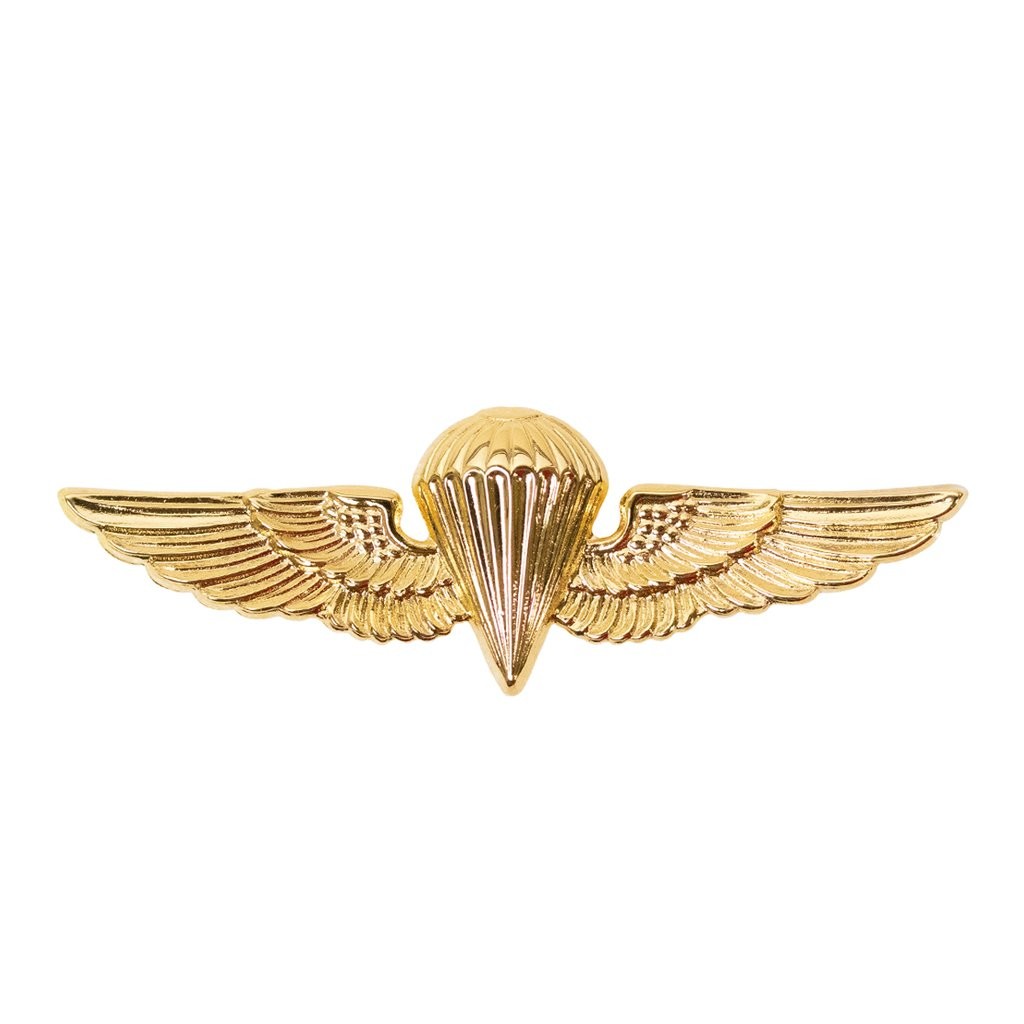
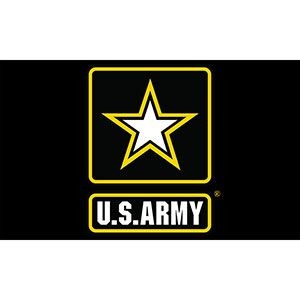
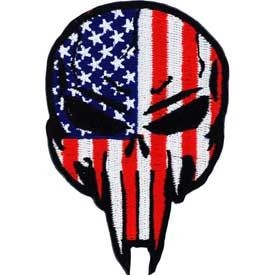





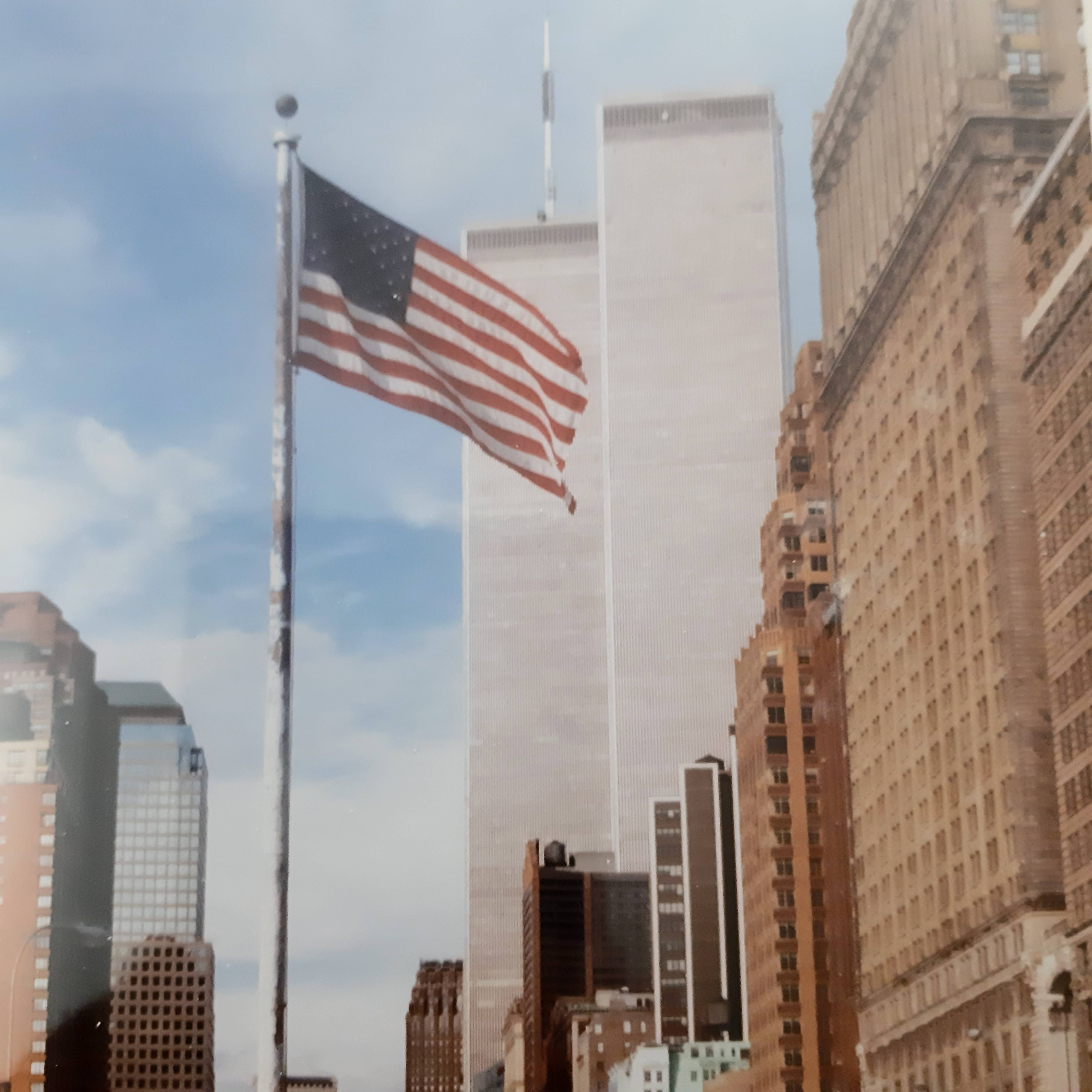

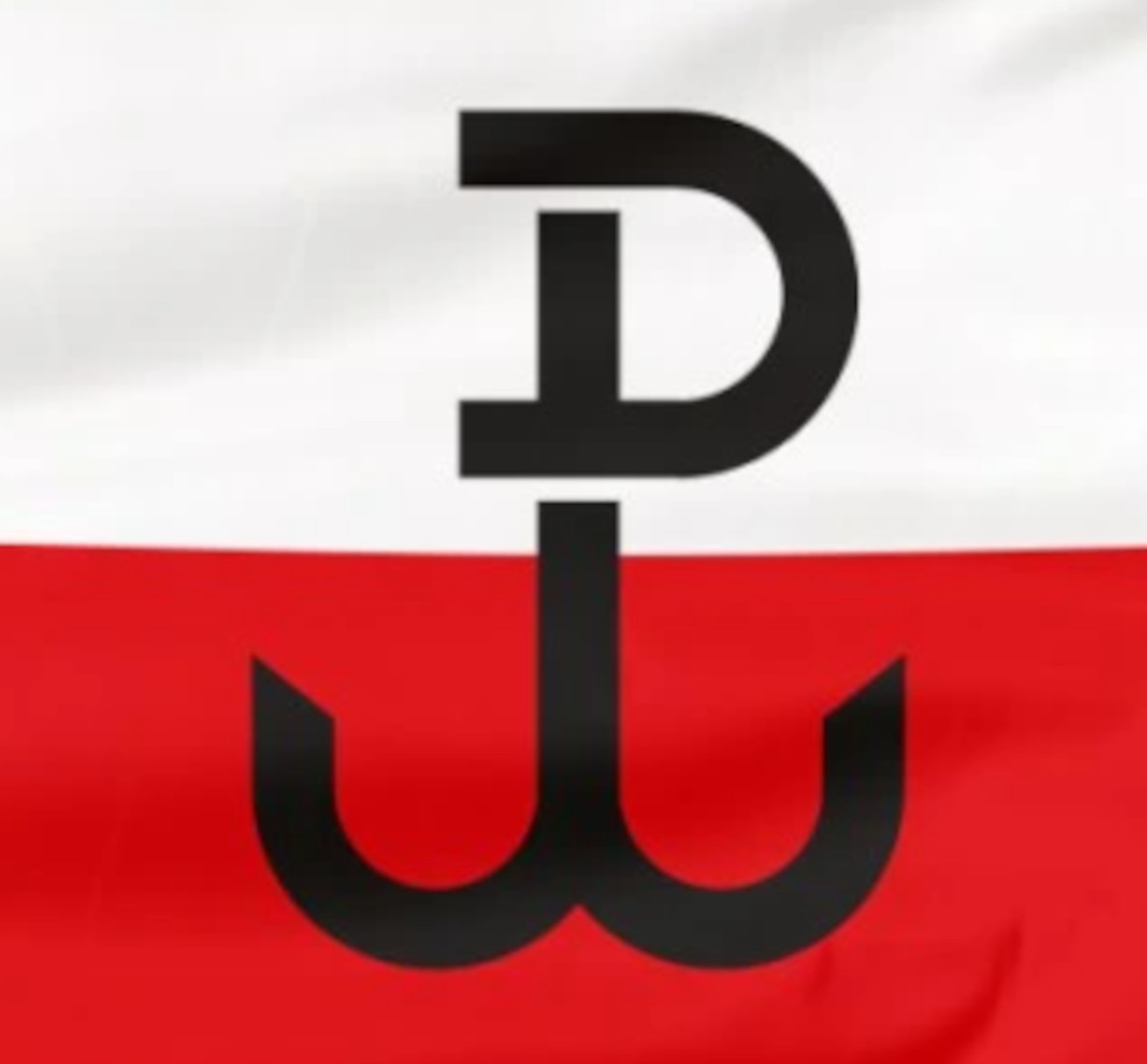
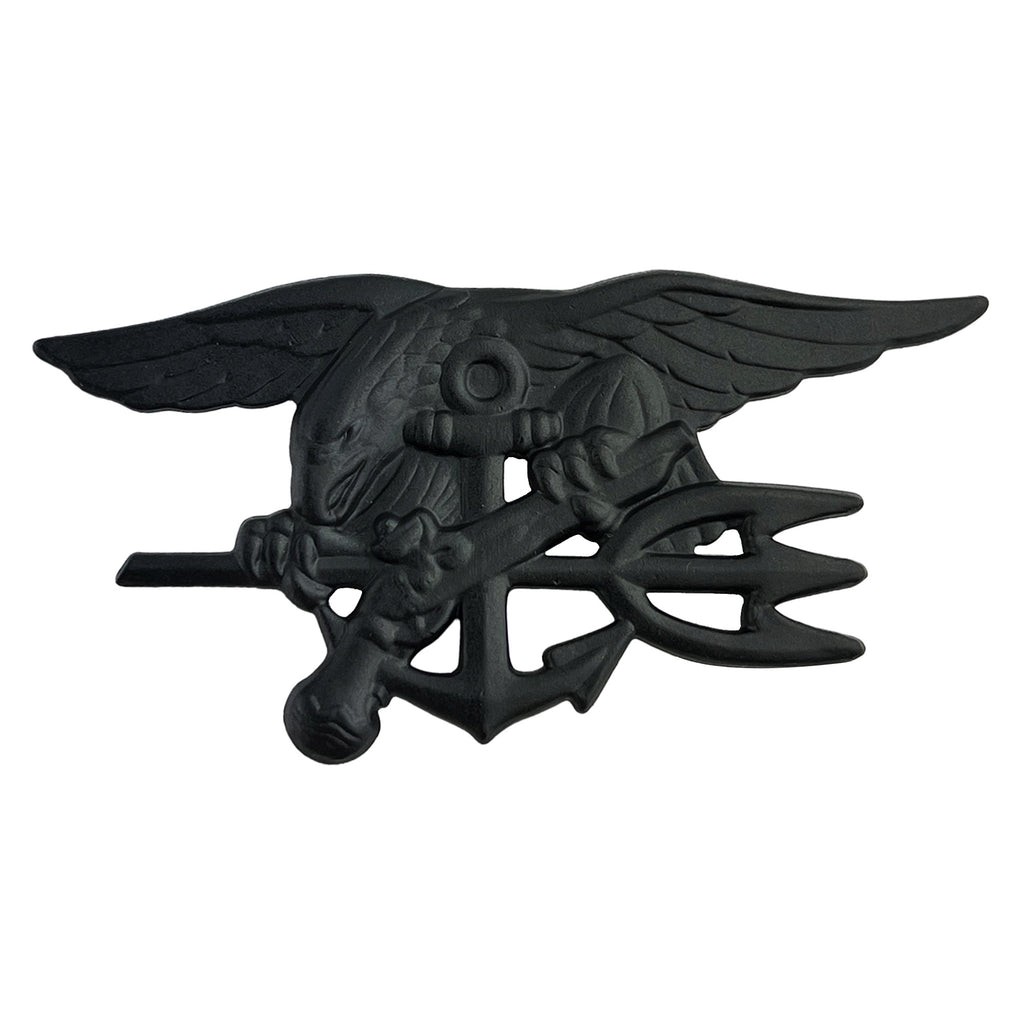
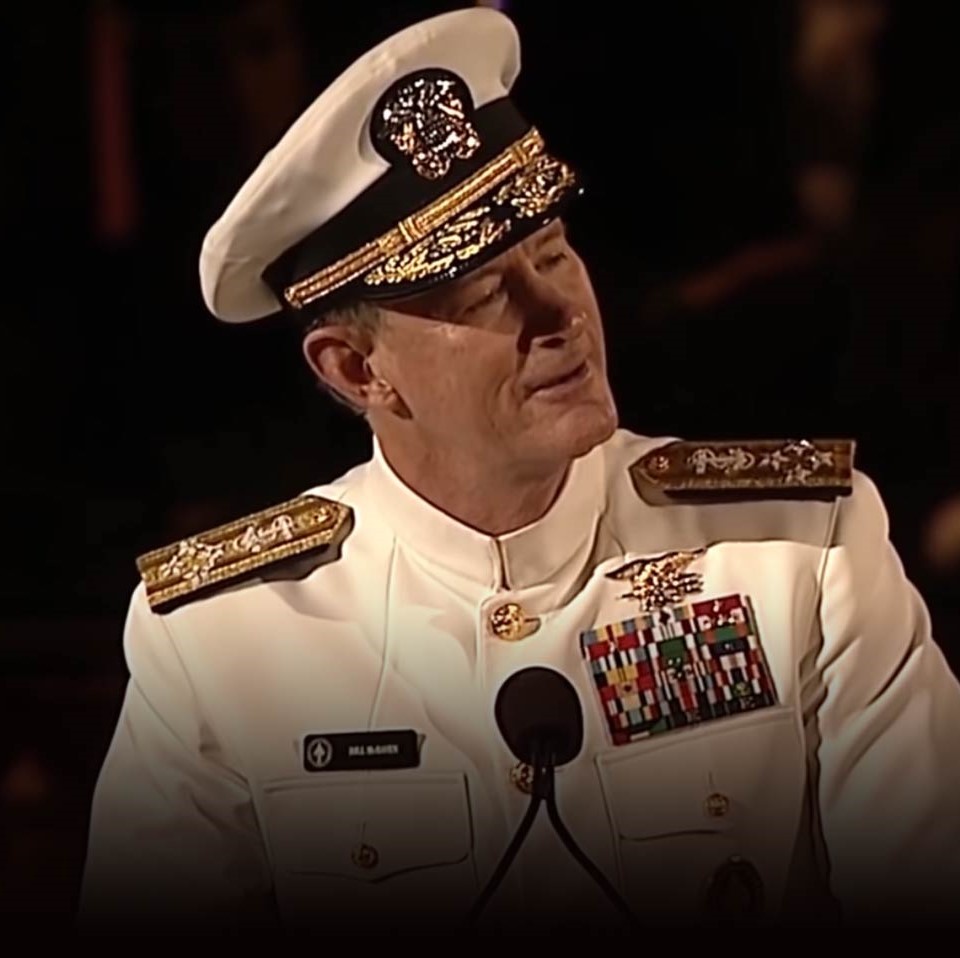
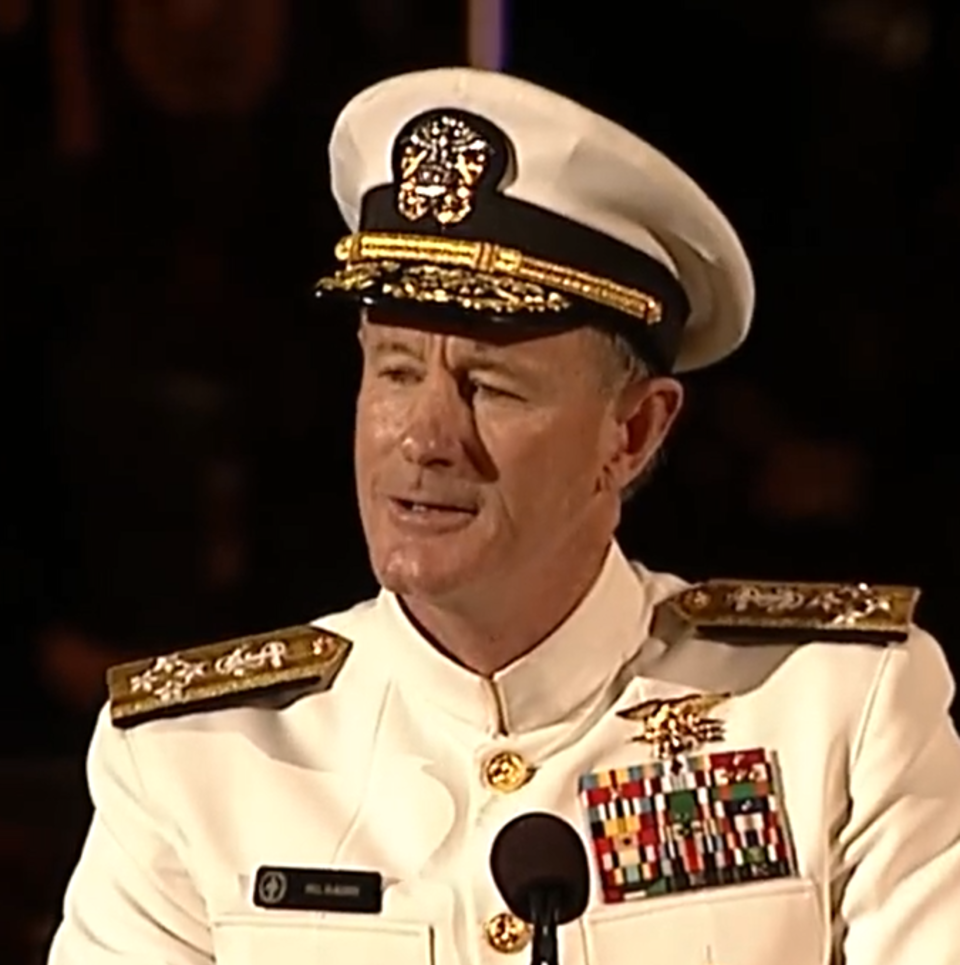
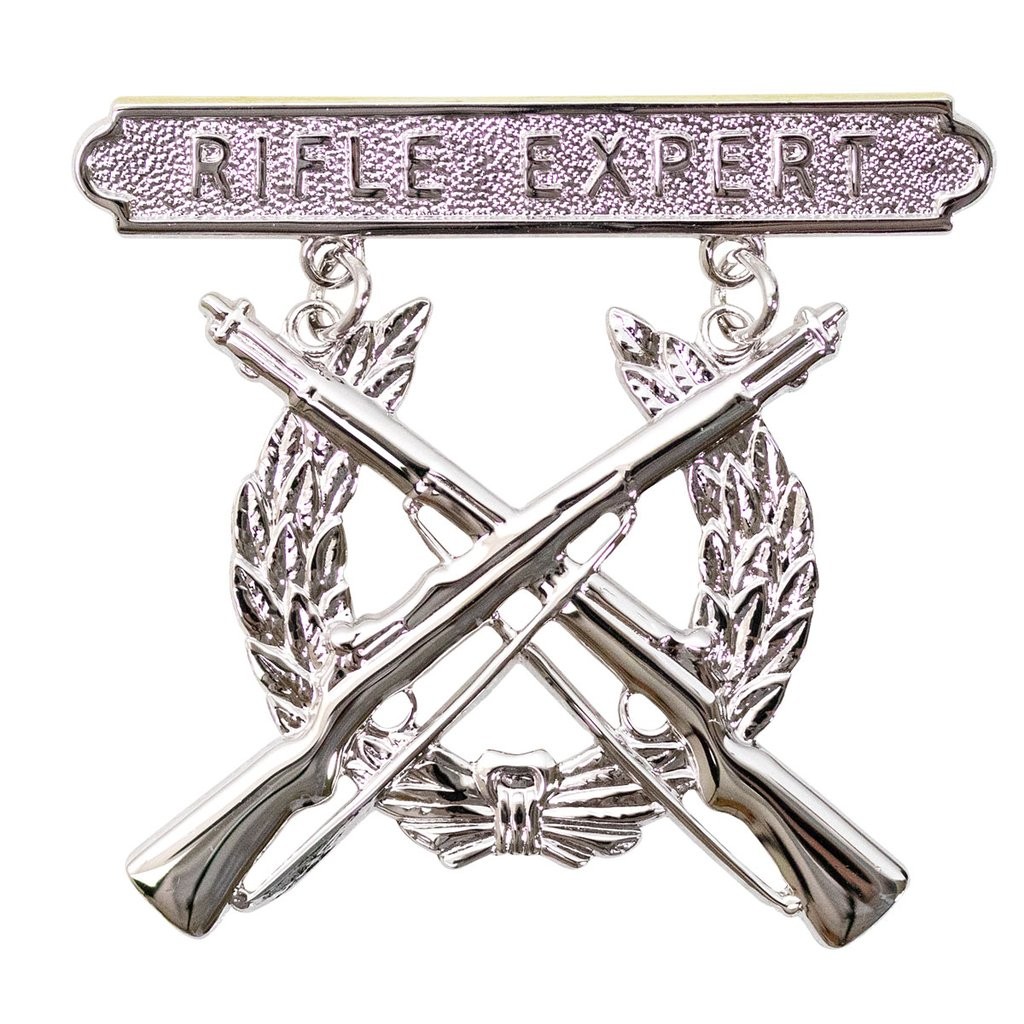
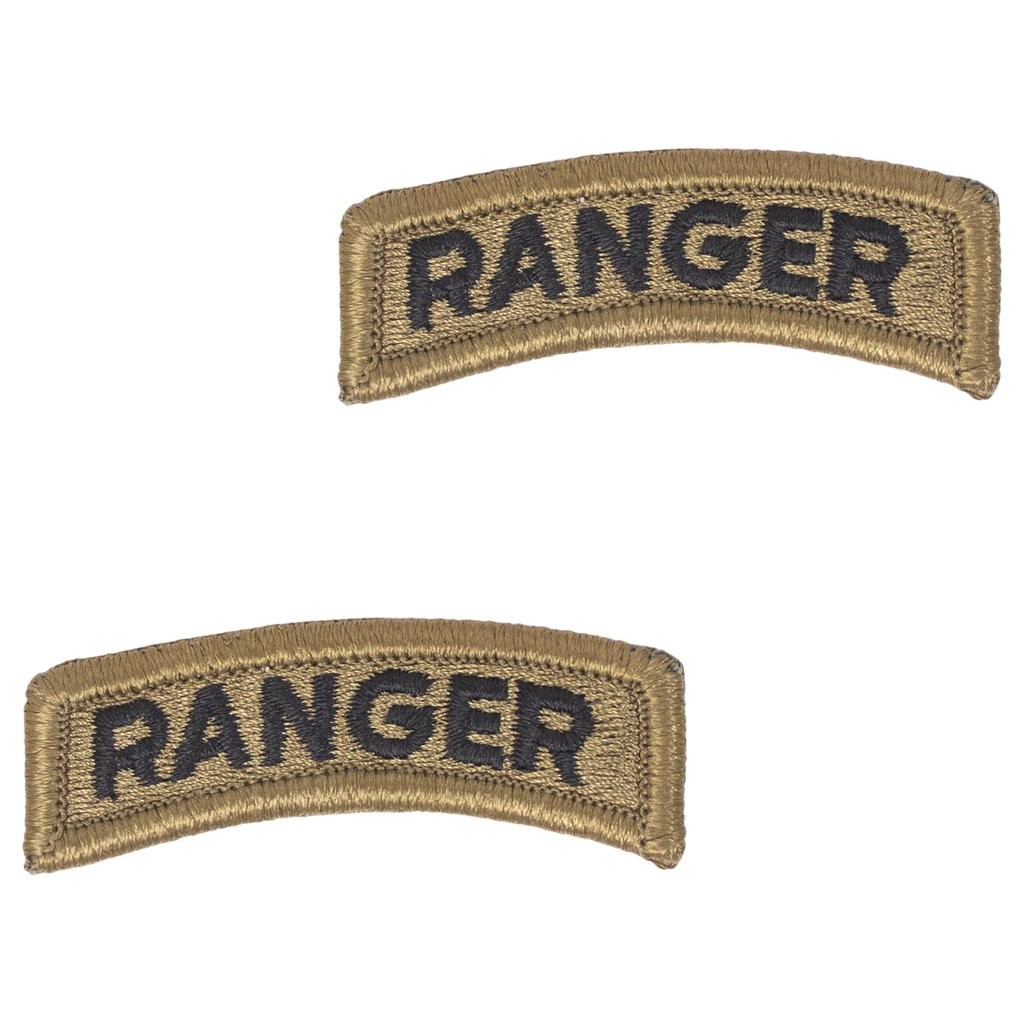
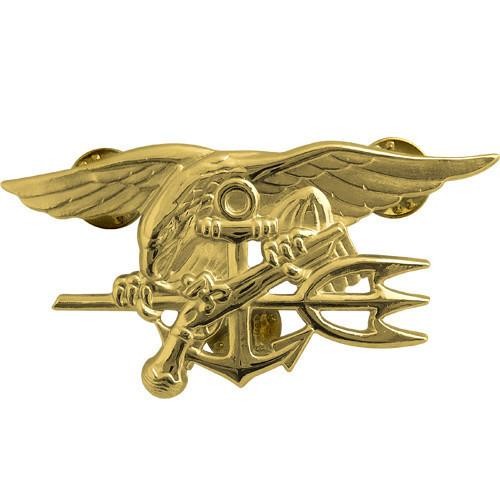

Leave a comment